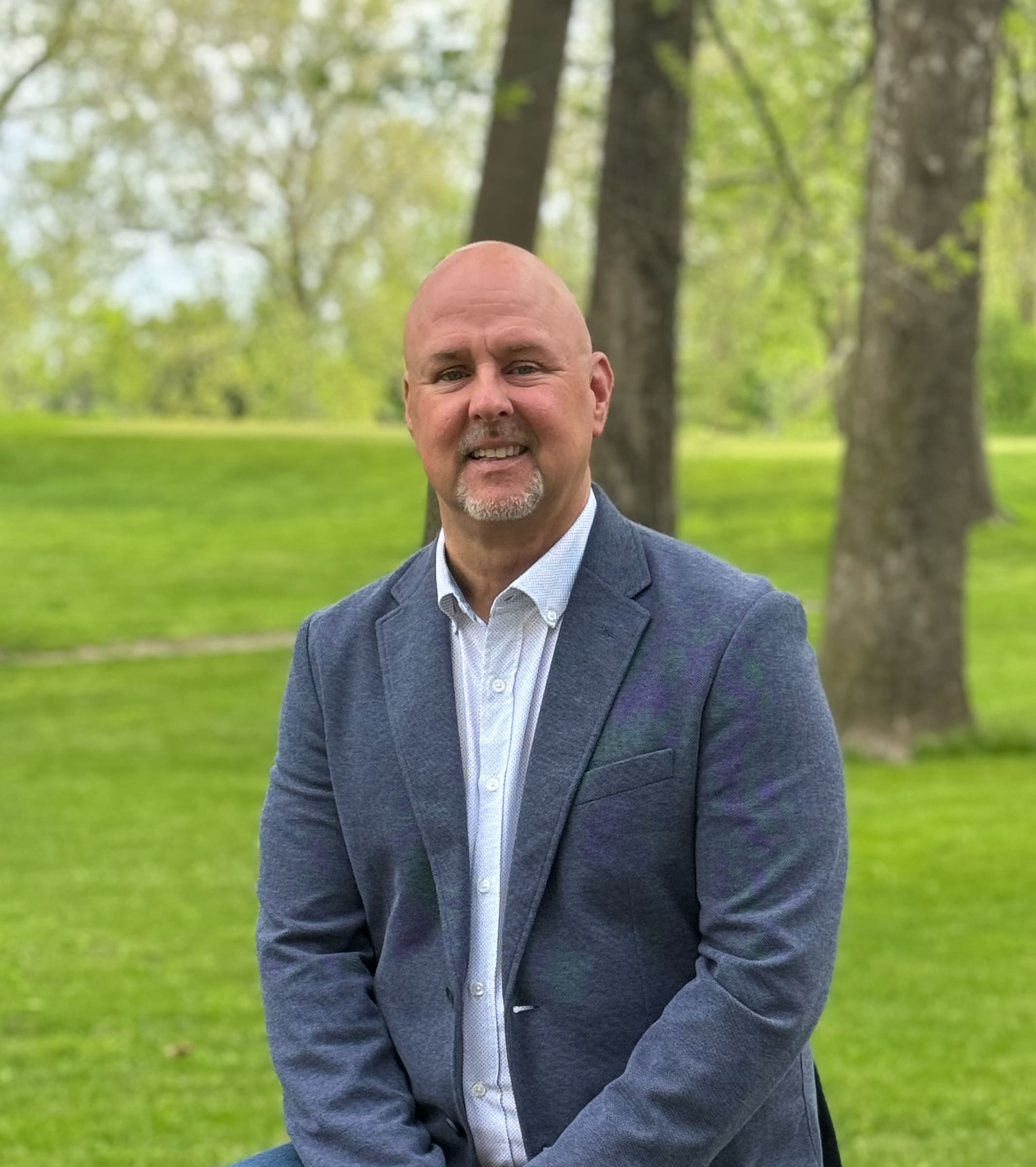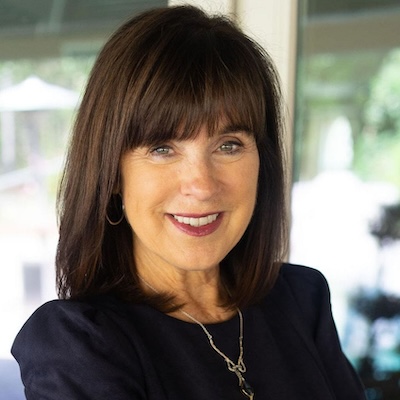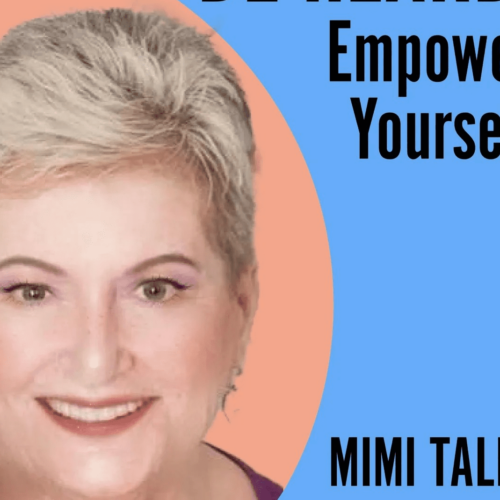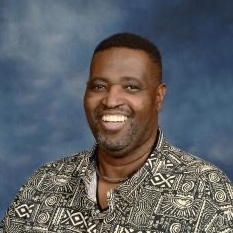The School Leader’s Playbook for Conflict Management
 As a high school principal, my days often began with ambitious plans: visiting classrooms, engaging with teachers, and pushing forward the big-picture goals for our school. But all too often, conflicts derailed those intentions. Whether it was mediating a disagreement between staff members, addressing a parent’s concerns, or resolving a student issue, I found myself stepping into the role of mediator far more than I anticipated. At the time, I believed that personally handling every conflict was a mark of strong leadership. But I quickly realized that this approach not only drained my time and energy—it also pulled me away from the work that truly mattered: being present for my school community and driving our shared vision forward.
As a high school principal, my days often began with ambitious plans: visiting classrooms, engaging with teachers, and pushing forward the big-picture goals for our school. But all too often, conflicts derailed those intentions. Whether it was mediating a disagreement between staff members, addressing a parent’s concerns, or resolving a student issue, I found myself stepping into the role of mediator far more than I anticipated. At the time, I believed that personally handling every conflict was a mark of strong leadership. But I quickly realized that this approach not only drained my time and energy—it also pulled me away from the work that truly mattered: being present for my school community and driving our shared vision forward.
Conflict is a reality in every school. With so many moving parts—teachers, students, staff, parents, and leadership teams—it’s inevitable that different perspectives and priorities will occasionally clash. How school leaders choose to handle these situations can make or break their school’s culture. Mismanaged or unresolved conflicts don’t just create tension; they erode trust, fracture Relationships, and divert focus from the work that moves a school forward. On the other hand, when conflicts are handled intentionally, they become opportunities to build trust, strengthen processes, and create a more collaborative and positive environment.
As a leader, your approach to conflict resolution sets the tone for your entire school. Managing conflicts effectively isn’t about solving every issue yourself—it’s about equipping your team with strategies that address the root of the problem while fostering respect and accountability. Below, we’ll explore three proven strategies—The Three Cs, Structured Conversations, and the Conflict Triangle. These tools will not only help you resolve conflicts more effectively but also empower your leadership team to grow, collaborate, and focus on the work that truly matters.
1. The Three Cs: Clarity, Compassion, and Consistency
 Effective conflict resolution begins with focusing on the Three Cs: Clarity, Compassion, and Consistency.
Effective conflict resolution begins with focusing on the Three Cs: Clarity, Compassion, and Consistency.
- Clarity: Pinpoint the root cause of the conflict. Often, what appears to be the issue is just a symptom of deeper challenges. Use open-ended questions and active listening to uncover what’s really at play.
- Compassion: Show empathy for all parties involved. Recognize emotions without judgment and create a space where everyone feels heard and valued.
- Consistency: Set clear expectations for resolving the issue and follow through on those agreements. This builds trust and ensures fairness, preventing conflicts from resurfacing.
Leaders who apply the Three Cs foster an environment where conflicts are handled professionally and with respect, creating a stronger foundation for collaboration.
2. The Power of Structured Conversations
 A structured conversation provides a roadmap to guide emotionally charged situations. Begin by setting ground rules to ensure a respectful and productive dialogue. Then, use this three-part agenda:
A structured conversation provides a roadmap to guide emotionally charged situations. Begin by setting ground rules to ensure a respectful and productive dialogue. Then, use this three-part agenda:
- What happened? Allow each party to share their perspective without interruption.
- How did it impact you? Explore the emotional and practical consequences of the conflict.
- What can we do to move forward? Collaborate to identify actionable steps for resolution.
Close with a summary of agreed-upon next steps and schedule a follow-up to assess progress. This approach not only resolves immediate issues but also builds skills for managing future challenges constructively.
3. The Conflict Triangle: Problem, Process, and People
 Conflicts often involve three interconnected elements:
Conflicts often involve three interconnected elements:
- Problem: The core issue that caused the disagreement. Addressing this directly ensures the conflict doesn’t persist.
- Process: How the situation was handled—or mishandled. Identifying breakdowns in procedures helps avoid similar conflicts in the future.
- People: The emotions and relationships involved. Repairing trust and ensuring mutual respect are critical for long-term resolution.
By addressing the Problem, Process, and People, leaders tackle conflicts holistically, leaving no loose ends that could lead to future tensions.
Conflict Management: Conflict doesn’t have to derail your leadership or your school’s progress. In fact, when addressed with intention, conflict can strengthen relationships, improve systems, and set a powerful example for your school community. By applying strategies like the Three Cs, Structured Conversations, and the Conflict Triangle, you can resolve conflicts effectively while modeling a culture of collaboration and accountability.
 Strong conflict management is a hallmark of impactful leadership. If you’re ready to build more tools for navigating challenges and leading with clarity, check out The Principal Academy and our course, Take Control of Your Leadership. They are designed to help school leaders overcome overwhelm, build strong cultures, and stay focused on what truly matters. Don’t wait—start your journey today!
Strong conflict management is a hallmark of impactful leadership. If you’re ready to build more tools for navigating challenges and leading with clarity, check out The Principal Academy and our course, Take Control of Your Leadership. They are designed to help school leaders overcome overwhelm, build strong cultures, and stay focused on what truly matters. Don’t wait—start your journey today!
























